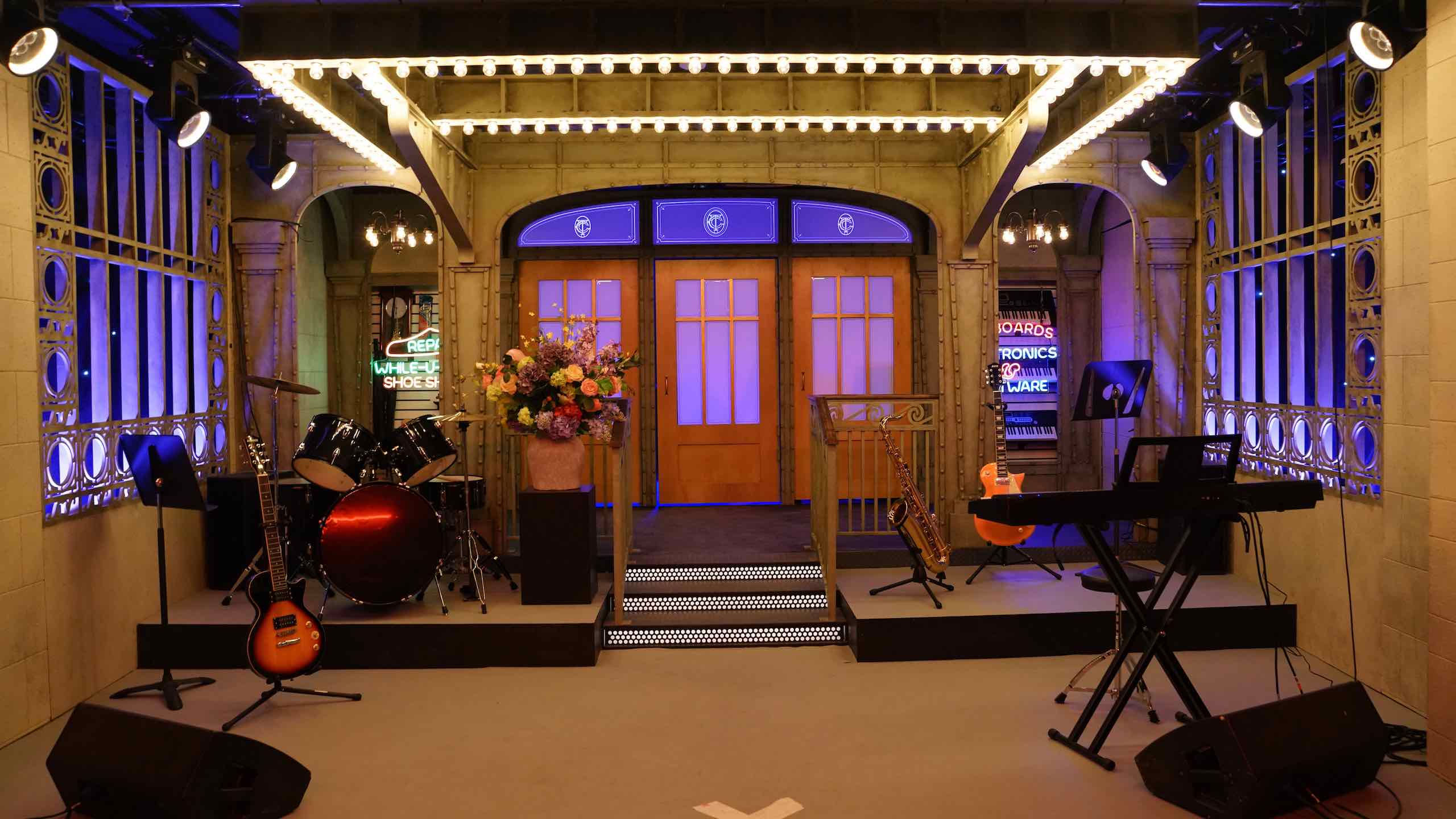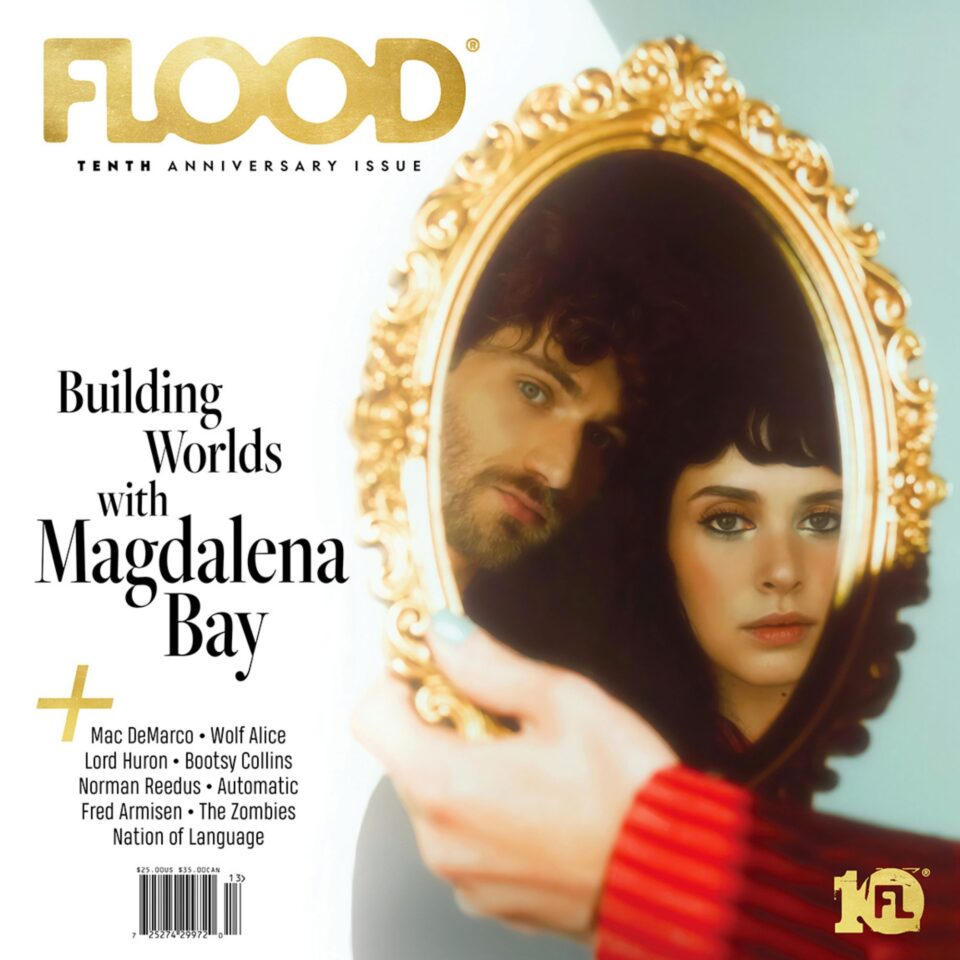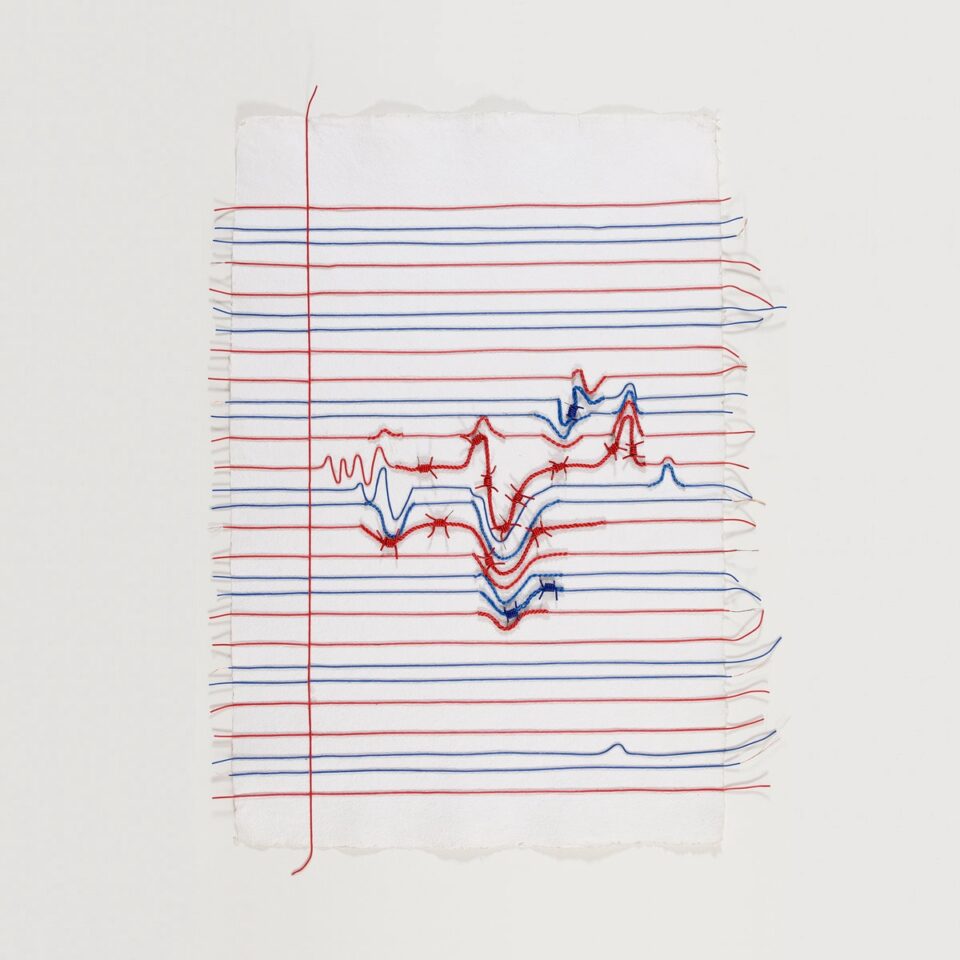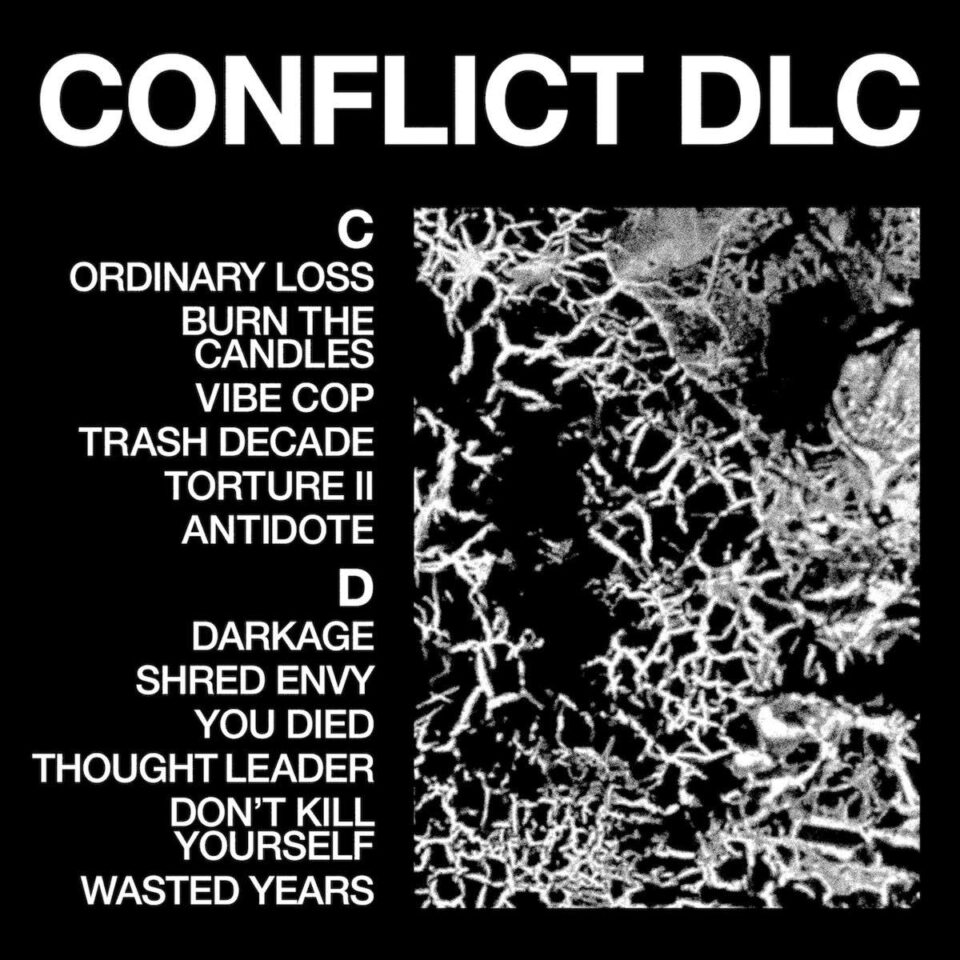Saturday Night Live has a long history of featuring some of the most high-profile musicians in the history of pop music, as seen in the star-studded turnout for their recent 50th anniversary concert to celebrate five full decades of the sketch comedy show’s existence. However, while most of the performers they’ve featured over the years are icons in their own right, there are plenty of obscure and unexpected artists who’ve graced the stage at 30 Rockefeller Plaza since the long-running series’ 1975 origins.
As SNL continues to celebrate its 50th season, here are eight of the least well-known or otherwise surprising acts to grace their musical stage.
The New Leviathan Oriental Foxtrot Orchestra (S2E14)
SNL’s musical guests have largely focused on contemporary pop, rock, and hip-hop for the majority of the show’s runtime, but back in the ’70s and ’80s, they included the kinds of diverse (and fundamentally uncool) genres that would never feature on mainstream TV today. One of the oddest throughlines in early SNL episodes was the appearance of throwback musical acts, which includes The New Leviathan Oriental Foxtrot Orchestra—an instrumental orchestra focusing on American pop music from the 1890s to the 1930s. Much like fellow ’70s revival act Sha Na Na, the Foxtrot Orchestra was the product of a university (Tulane), and mixed parody with earnest recreation of oldies sounds. Even though the feature on SNL’s early Mardi Gras special didn’t catapult their niche music into the mainstream, the Orchestra continued playing dates up through 2022.
Gary Tigerman (S3E19)
The May 13, 1978 episode of Saturday Night Live split musical duties between two different guests, one of whom is slightly more well known than the other. While Jimmy Buffett sang “Son of a Son of a Sailor,” the other performer was Gary Tigerman, a former child actor known for playing Oggo the Cave Boy on Lost in Space, among other roles. Tigerman shifted from acting to songwriting after a stint in jail (and, consequently in a NASA experiment) following a protest against the Vietnam War, and his (allegedly) emotional music found an audience with the counterculture of the time. I say “allegedly” because Tigerman’s early music is difficult to track down—the song he played, “White Oaxacan Moon,” seems unavailable online aside from its SNL performance, making him perhaps the most obscure artist on this list.
Desmond Child and Rouge (S5E8)
Desmond Child is the award-winning songwriter behind platinum hits by Bon Jovi, Kiss, and Aerosmith, but before he became a hall-of-fame writer for other artists, he was the frontman of a soft-rock vocal group based out of NYC. Child (born John Charles Barrett) and his vocal trio Rouge (made up of Maria Vidal, Diana Grasselli, and Miriam Valle) became a popular East Village club act in the late ’70s and scored a minor hit with 1978’s “Our Love Is Insane.” That year, guitarist G.E. Smith, then-husband of SNL cast member Gilda Radner and the show’s future musical director, joined the band, who booked a slot on the show a year later. However, the band’s stock fell as mainstream tastes changed, and Child mentions going through a dark period in the early ’80s before finding success as a songwriter in a harder-rock style. The members of Rouge largely moved on, but singer Maria Vidal has a strong legacy: she’s the inspiration for the waitress in Child’s song “Living on a Prayer,” made famous by Bon Jovi.
3-D (S5E19)
3-D were an American new-wave rock group that appeared on SNL in 1980, fresh off a 40-date tour with the J. Geils Band. The group were poised for a breakthrough, and they had strong connections with SNL, as guitarist Keiv Ginsburg played on multiple Blues Brothers albums based on the show’s original characters. However, while the group had early success and a few minor hits, including the new-wave joint “All-Night Television,” neither of their albums stayed on the charts, and the group disbanded after their second record. However, SNL wasn’t their only intersection with television, as keyboardist Teddy Wender and singer Ric Zivic own a Manhattan-based music production company that made the themes for the shows Bingo and Molly and Overhaulin’.
Laurie Anderson (S11E15)
OK, Laurie Anderson might not be on the same level of who-is-that? obscure as the other artists mentioned in this article, but the influential experimental musician’s three-song appearance on SNL is just another indication of how wild the show was willing to get in terms of genre (or lack thereof) in its earlier days. Anderson is an avant-garde multimedia artist who came to fame in New York’s art scene in the 1970s, where she mixed music with performance, creating waves in the experimental film and fine arts scenes. However, it was the song “O Superman,” which she performed on SNL, that brought her closest to mainstream fame. Incidentally, the song ended up charting again, 40 years later, after going viral on TikTok. While more prominent than others on this list, Anderson represents how SNL was even willing to engage with highbrow art for a period.
Lone Justice (S12E8)
On the topic of critically acclaimed oddballs, West Coast cowpunk group Lone Justice originally started as a cover band by vocalist duo Ryan Hedgecock and Maria McKee before mixing elements of punk and country into their original work, attracting the attention of industry insiders and critics. Tom Petty and Dolly Parton were noted fans, and Linda Ronstadt brought the band to the attention of David Geffen, who quickly signed the group. However, while they were beloved by insiders, and critics even lauded their first album, their music didn’t hit with either target demographic—country or punk—at the time. Despite singles written by Petty and Mike Campbell, the band’s second album struggled to find an audience, as well, and in spite of an SNL appearance and industry support, the band—and cowpunk as a genre—never found purchase. However, in 2024, the group re-formed to release Viva Lone Justice, their first new record in 38 years.
Spanic Boys (S15E19)
While the other guests on this list transitioned into obscurity (or at least had a shot at infiltrating the mainstream prior to their SNL appearance), Spanic Boys are a different case altogether—in fact, they weren’t even meant to be the musical guest for their episode. However, planned guest Sinead O’Connor cancelled her performance last-minute, protesting the misogynist host, Andrew Dice Clay, and marking the first of her multiple high-profile incidents on the show. With O’Connor gone, bandleader G.E. Smith enlisted Tom and Ian Spanic, a father-and-son rockabilly duo from Milwaukee. The Spanic Boys filled in for O’Connor and gave a fiery performance, leading to features on more late-night programs, from Conan O’Brien to David Letterman. The duo’s rockabilly-centric sound didn’t pass on into the mainstream, despite their unexpected TV boost, but the Spanic Boys continued to record and release new music up until Tom’s death in 2020.
Fishbone (S16E16)
Fishbone is a band who have continually been ahead of their time, and often paid the price for it. Formed in 1979 as an all-Black ska-punk collective, they made in-roads with LA scene bands like Red Hot Chili Peppers and Psi Com, eventually leading to a deal with Columbia Records. However, it took awhile for the group to gain traction in the mainstream, and it wasn’t until they took a more guitar-driven direction in the late ’80s that they began to connect with bigger audiences. When their third album, 1991’s Truth and Soul, brought a minor chart hit, a Spike Lee-directed video, and an appearance on SNL, Fishbone appeared to have a chance at mainstream success, despite their experimental, genre-hopping sound and in-your-face politics. However, personnel conflicts and subsequent legal troubles led to shake-ups, and the group was dropped by their label in 1995. While the band has undergone lineup changes and attempts at reformation, they still perform their eclectic music and remain underappreciated by the mainstream to this day.







